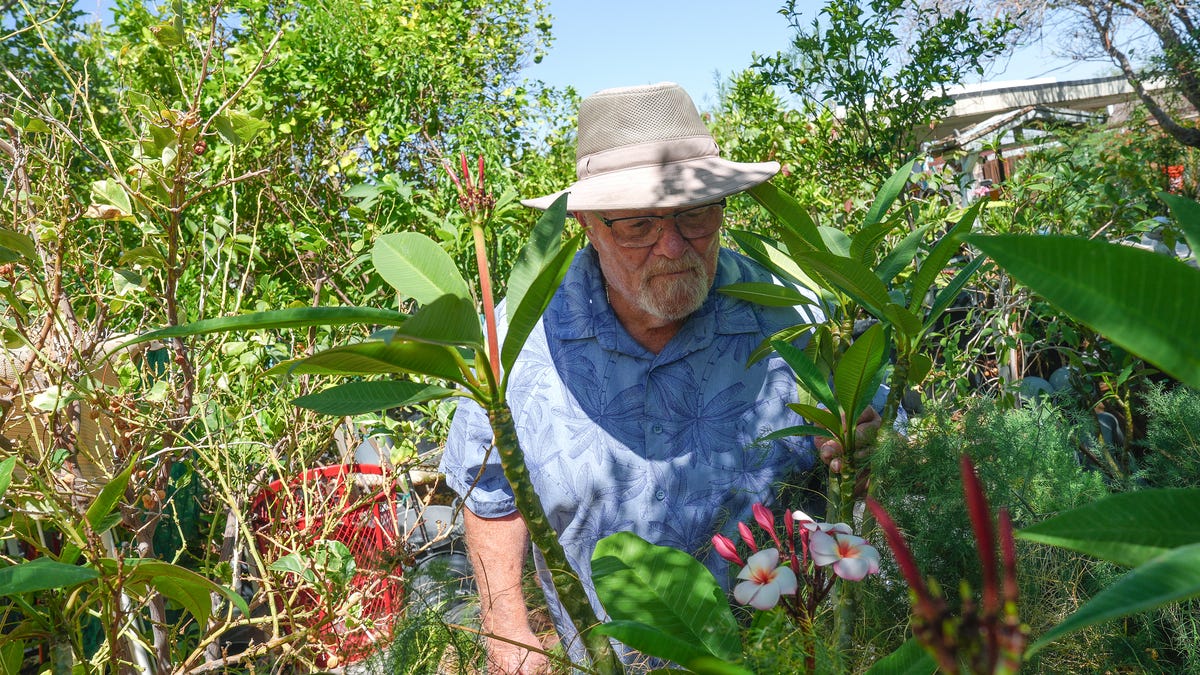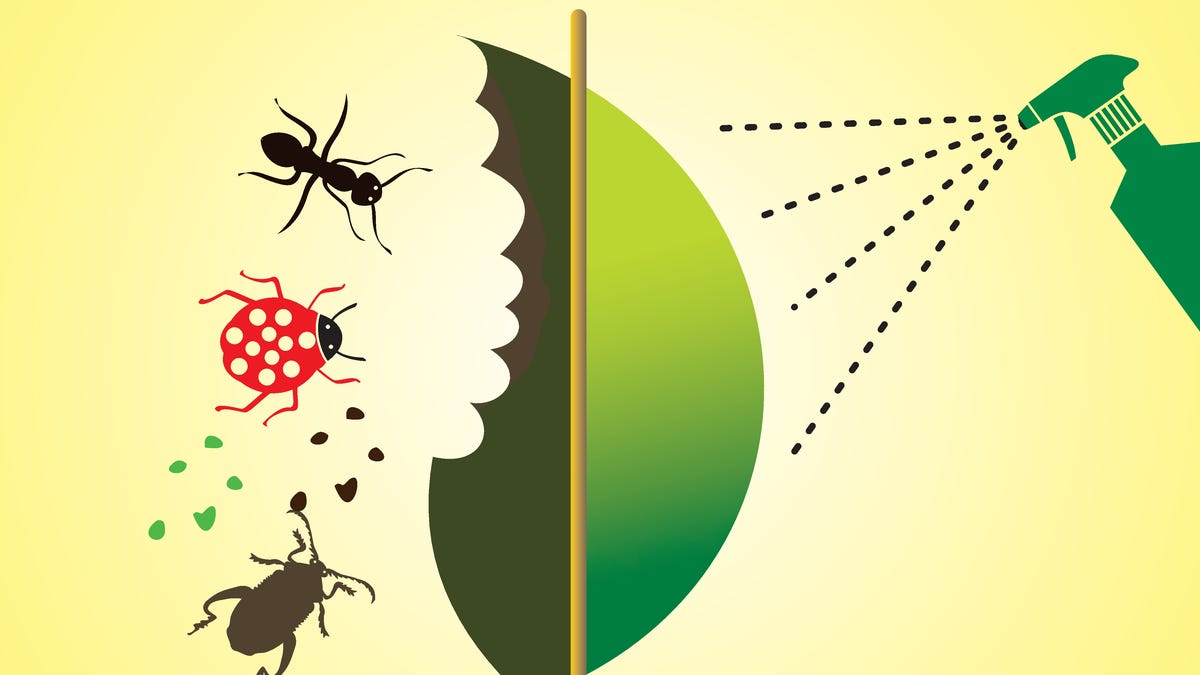Had anything resembling “An Encyclopedia of Gardening for Colored Children” actually existed in the days of antebellum plantation culture, it would have been forbidden fruit: Few enslaved people, young or old, were allowed to learn to read or write.
With its mordantly anachronistic title and schoolroom-green cover, the book also serves as a reminder that the segregationist term “colored” drew lines almost as stark, limiting opportunities for many Black children to experience gardening as an activity of pure enjoyment. Jamaica Kincaid, now as well known for gardening writing as for fiction, once put it this way (about her garden in Vermont): “I have joined the conquering class: Who else could afford this garden — a garden in which I grow things that it would be much cheaper to buy at the store?”
Farrar, Straus & Giroux
Not a simple child’s garden of ABCs — yet still suitable for kids and all manner of adults.
With the fiercely imaginative artist Kara Walker, Kincaid has transposed this mode of thinking into an amalgam of erudition, discourse, storytelling and picture book art. A simple child’s garden of ABCs their “encyclopedia” is not.
Kincaid’s adult base, too, will gravitate toward it, and occasionally want to elucidate aspects to younger readers — the Bounty sailing in jauntily under “B Is for Breadfruit”; the oblique treatment of Thomas Jefferson; the classification of Carl “L Is for” Linnaeus, the proud papa of taxonomy, as “notorious.” Art collectors will savor the book’s rich contribution to the continuum of Walker’s work.
Playfulness, in its world, never comes without a price. Walker’s opening illustration, a lacy ball of greenery and graphics, is a declaration of intent, spelling out the subtitle. As an “Alphabetary of the Colonized World,” the book sets about peeling back botany to display the history behind it — to reveal conquest as arrogant and destructive, economics as exploitation, the brutal privileges of slaveholding, the propagation of racial injustice. Plants are pawns of trade routes and encounters that don’t end well for Indigenous peoples.
The book names names, including species’ Latin nomenclatures, because Kincaid believes that the rigors and profuse bounty of language have much to teach.
In illustrating her fancifully wonky entries, Walker takes down a notch the natural-world metaphors of the monumental cut-paper silhouettes that brought her to prominence — ocean waves charting the Middle Passage; pastoral landscapes blooming with violence and violation; moonlit trees that are lynching posts.
Cunning and often anthropomorphic, the imagery interpolates child-driven versions of her acidly sardonic shadow art with soft-edged, watercolor vignettes that play hide-and-seek with the letters they’re called on to represent. Sometimes she lets subjects simply speak for themselves.
You can feel the nostalgic tug of precedents on the book. It places itself within the tradition of the pre-Raphaelites reanimating fairy tales and mythology for the Kelmscott Press, Salvador Dalí tackling “Alice in Wonderland,” Alexander Calder taking on Aesop.
To Kincaid, the elements of the past we miss or regret form a paradise we’ve been cast out of, by force or unforeseen circumstances — an Edenic ideal that impels gardeners high and low to make their mark.
After all, as she reminds us, the luxury of a just-because garden “feeds and nourishes our souls and inspires us to think about ‘things’: the little doubts we harbor deep inside ourselves, our hatreds of others, our love of others, the many ways in which we can destroy and create the world and live with the consequences.”
Some of her book’s redundancies and quirks — which are akin to her garden’s — might have benefited from pruning, and clarifying sunlight. As a collaboration, though, the book is charming and instructive. The ground Kincaid and Walker cover together is the better for it. They spin the world differently and make it matter in new ways.
___
About the book
“AN ENCYCLOPEDIA OF GARDENING FOR COLORED CHILDREN: An Alphabetary of the Colonized World”
Jamaica Kincaid. Illustrated by Kara Walker.
Farrar, Straus & Giroux. 96 pp. $27.









